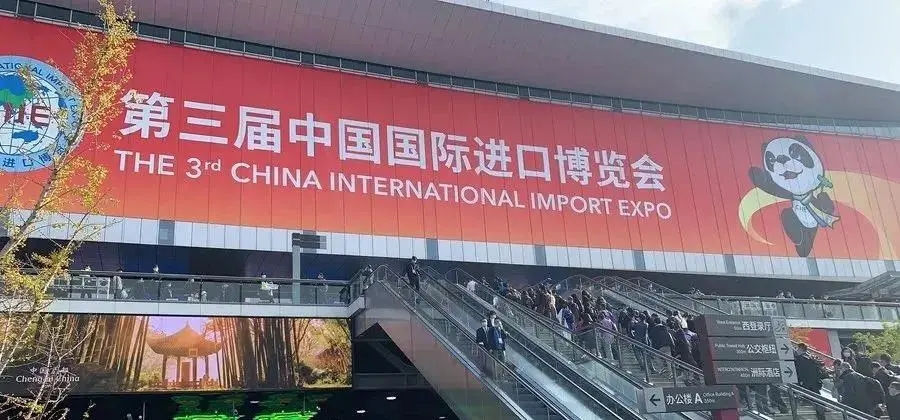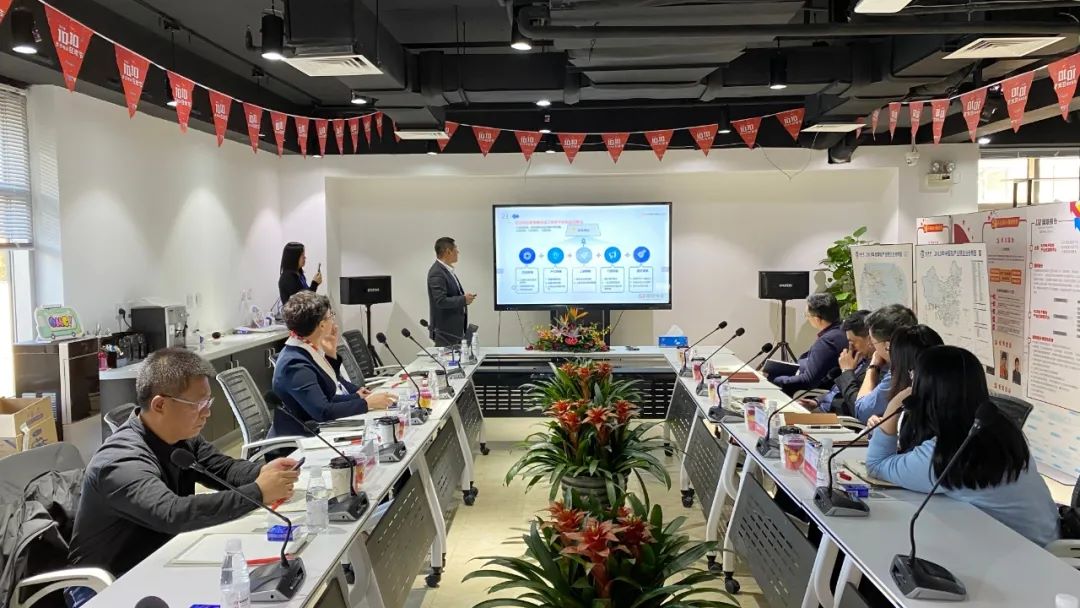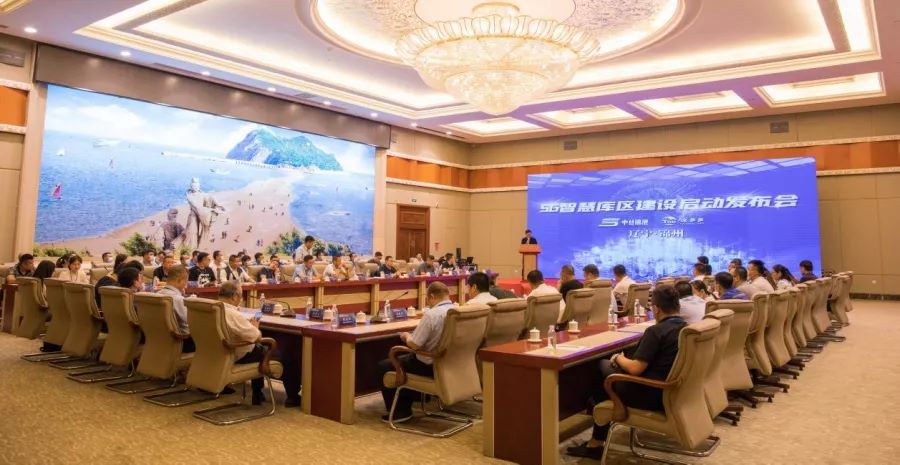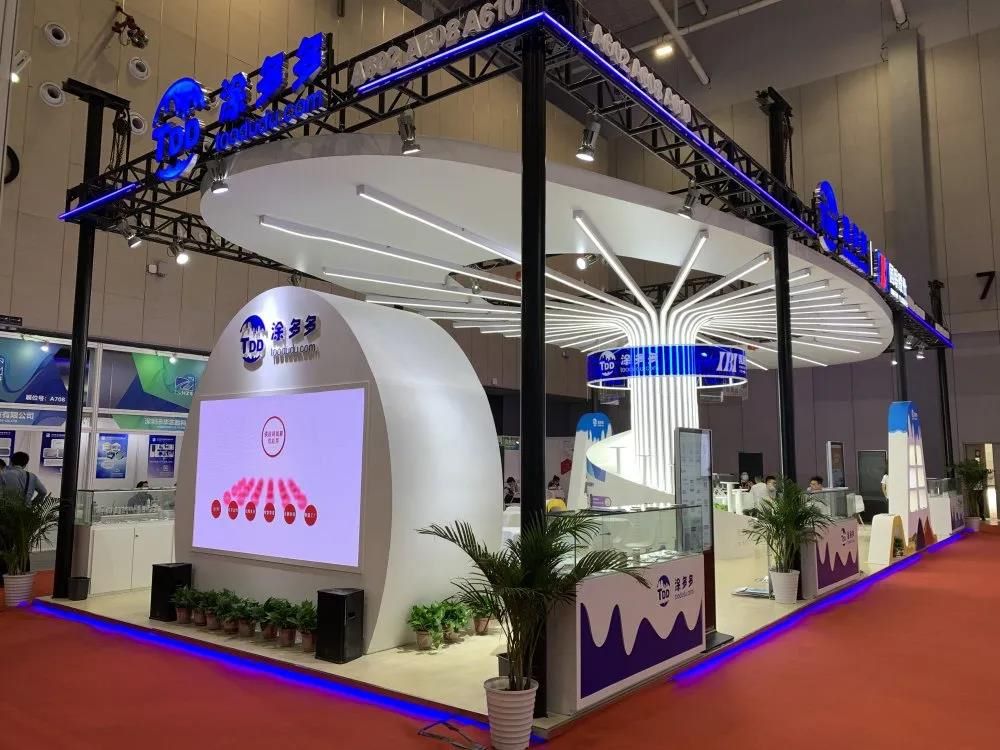Off-highway tire market: from wild growth to value reconstruction
1. Supply and demand imbalance triggers industry reshuffle
After three years of explosive growth in the global off-road tire market, the industry's inventory turnover days in 2023 will be extended by 42% compared with the peak period, and the supply-demand ratio will exceed the warning line of 1.8:1.

This structural contradiction directly leads to the industry entering a period of deep adjustment: the capacity utilization rate of leading enterprises has fallen from a high of 90% to 68%, and small and medium-sized enterprises are facing an average idle capacity rate of 32%. In the fierce price war, the unit price of 37.5-25 specification products has fallen by 23% from the peak in 2022, and the gross profit margin of all-steel engineering tires has generally narrowed to the range of 12%-15%. Against this background, 17 regional companies have withdrawn from the market in the past two years, and the industry concentration CR10 has increased to 58.6%.
2. Strategic reconstruction has given birth to a new competitive landscape
Yokohama has built the world's most complete OTR product matrix through the acquisition of Trelleborg Wheel Systems (820 million euros) and Goodyear's South African plant (undisclosed amount), and its mining tire market share has jumped to 29%. The strategic focus of leading enterprises is shifting from scale expansion to value creation:
Product innovation: Michelin launched the XDR3 mining tire with a sustainable content of 63%, and the intelligent tire pressure monitoring system developed by Bridgestone extended the tire life by 40%
Service upgrade: Continental launched the "ton-kilometer billing" model, and Zhongce Rubber established a full life cycle digital management platform
Scenario deepening: Cheng Shin won 67% market share in the field of port AGV tires, and Linglong Tire developed an impact-resistant reinforced product line for mining conditions
3. Technological revolution reshapes the industrial ecology
Although facing short-term adjustment pressure, the expected annual compound growth rate of 4.1% in global infrastructure investment has injected new momentum into the OTR market. It is worth noting that the industry is undergoing three changes:
Electric transformation: Caterpillar and other OEMs require matching tires with higher load (+15%) and low rolling resistance (-20%) characteristics
Intelligent penetration: The assembly rate of smart tires with built-in sensors will increase from 3% in 2020 to 17% in 2023
Green manufacturing: The energy consumption per ton of product of the industry leader has dropped by 28% compared with 2019, and the proportion of sustainable rubber use has exceeded 35%
- Chinese tire companies are expanding production969
- Sailun’s performance is outstanding: revenue exceeds 30 billion and profits increase significantly!986
- Global tire companies' competitiveness ranking for 2025 released958
- Linglong Tire, creating a legendary production capacity empire965
- Foreign-invested Chinese factories are expanding their production capacity1017









